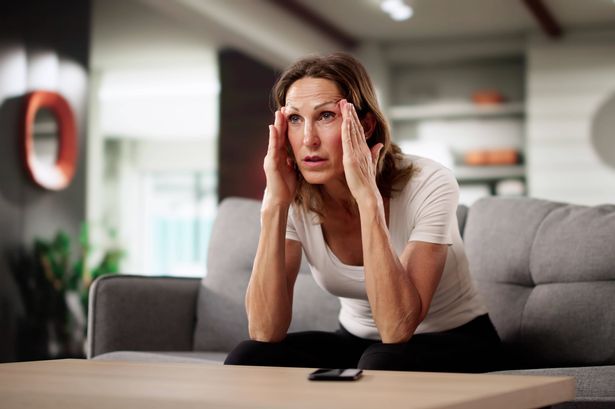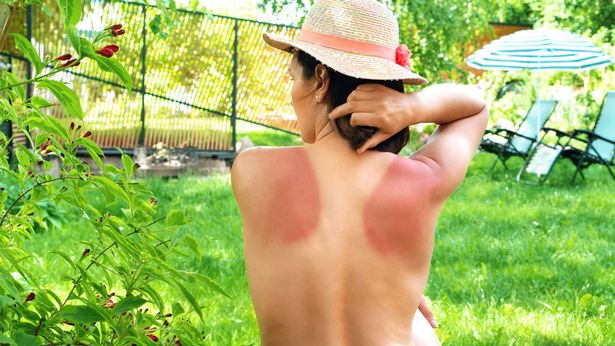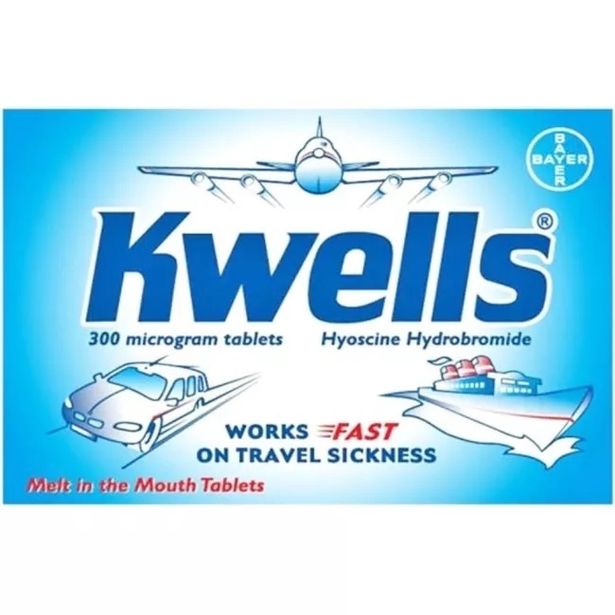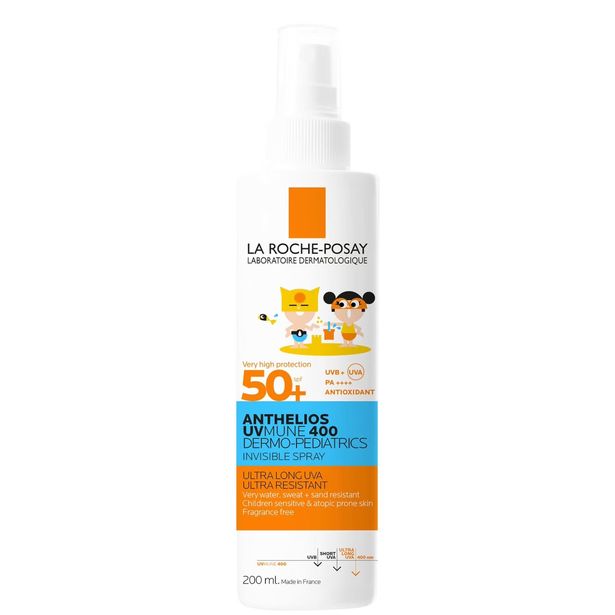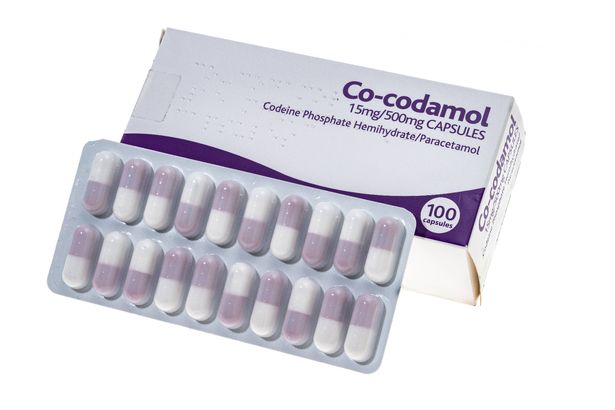Pharmacologist Dan Baumgardt, Senior Lecturer in Pharmacology at the University of Bristol, warned travellers they risk importing dangerous conditions from abroad
A health expert has delivered a chilling alert that tourists returning from abroad must never overlook three key warning signs that could signal serious disease. Pharmacologist Dan Baumgardt emphasised that jet-setters face the danger of bringing back hazardous illnesses – and should never simply brush off the red flags.
The senior academic from the School of Physiology, Pharmacology and Neuroscience at the University of Bristol highlighted three critical symptoms demanding immediate medical care – fever, stomach upset and yellowing of the skin. Penning his advice on the Conversation website, he declared: “International travel poses a risk of catching something more than a run-of-the-mill bug, so it’s important to be vigilant for the tell-tale symptoms.
READ MORE: DNA site that helped woman find long-lost Japanese brother is now under £30
“Here are the main ones to look out for while away and when you return.”
Fever
Mr Baumgardt explained: “Fever is a common symptom to note after international travel – especially to tropical or subtropical regions. While a feature of many different illnesses, it can be the first sign of an infection – sometimes a serious one.”
He warned it might indicate Malaria which is a deadly condition triggered by parasites transmitted to people via bites from contaminated female Anopheles mosquitoes.
The disease poses a major worldwide health threat, affecting over 200 million individuals and causing hundreds of thousands of fatalities each year, reports the Daily Record.
Malaria remains especially widespread across tropical and subtropical areas globally. Early symptoms of the disease can mimic those of the flu, including headaches and muscle aches, but these can escalate to severe fever, sweating and shaking chills.
Other signs to look out for include jaundice (yellowing of the skin or eyes), swollen lymph nodes, rashes and abdominal pain – although these symptoms can vary greatly and can resemble many other conditions.
Mr Baumgardt warned: “Prompt medical attention is essential. Malaria is serious and can become life-threatening. It’s also worth noting that symptoms may not appear until weeks or even months after returning home. In the UK, there are around 2,000 imported malaria cases each year.
“Travellers to at-risk areas are strongly advised to take preventative measures. This includes mosquito-bite avoidance as well as prescribed antimalarial medications, such as Malarone and doxycycline. Although these drugs aren’t 100% effective, they significantly reduce the risk of infection.”
There has also been an increase in Dengue fever, another disease transmitted by mosquitoes. Symptoms include high temperatures, severe headaches, body aches and rashes, which overlap with both malaria and other common viral infections.
Mr Baumgardt warned: “Most people recover with rest, fluids and paracetamol, but in some instances, dengue can become severe and requires emergency hospital treatment. A vaccine is also available – but is only recommended for people who have had dengue before, as it provides good protection in this group.
“Any fever after international travel should be taken seriously. Don’t brush it off as something you’ve just picked up on the plane – please see a doctor. A simple test could lead to early diagnosis and might save your life.”
Upset stomachs
Speaking about dodgy tummies, Mr Baumgardt revealed: “Few travel-related issues are as common – or as unwelcome – as diarrhoea. It’s estimated that up to six in ten travellers will experience at least one episode during or shortly after their trip. For some, it’s an unpleasant disruption mid-holiday; for others, symptoms emerge once they’re back home.
“Traveller’s diarrhoea is typically caused by eating food or drinking water containing certain microbes (bacteria, viruses, parasites) or their toxins. Identifying the more serious culprits early is essential – especially when symptoms go beyond mild discomfort.”
He went on to stress that people should watch out for particular red flags – including large volumes of watery diarrhoea, blood present in stools or urgent toilet trips. He continued: “These may suggest a more serious infection, such as giardia, cholera or amoebic dysentery. These conditions are more common in regions with poor sanitation and are especially prevalent in parts of the tropics.”
In certain instances, antibiotics and antiparasitic treatment may be required.
Jaundice
This ailment, which causes your skin or the whites of your eyes to turn yellow, can signal something severe like liver disease, so urgent medical attention is needed, according to NHS guidelines.
Whilst many people come back from holidays with a tan, it could also be an indication of jaundice.
Mr Baumgardt explained: “Several travel-related illnesses can cause jaundice. Malaria is one culprit as is the mosquito-borne yellow fever. But another common cause is hepatitis – inflammation of the liver.
“Viral hepatitis comes in several forms. Hepatitis A and E are spread via contaminated food or water – common in areas with poor sanitation. In contrast, hepatitis B and C are blood-borne, transmitted through intravenous drug use, contaminated medical equipment or unprotected sex.”
For the full article on the Conversation, click here.
